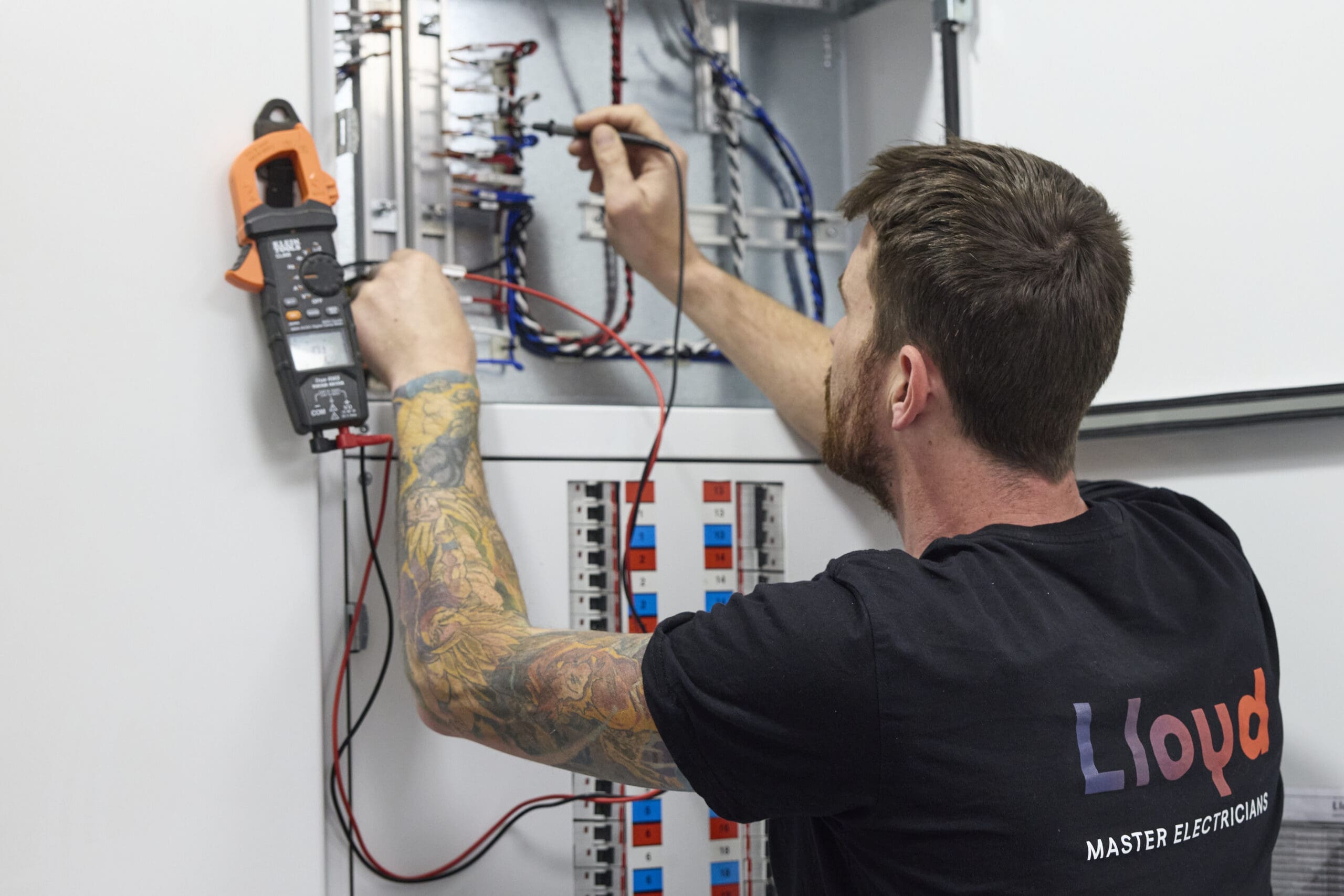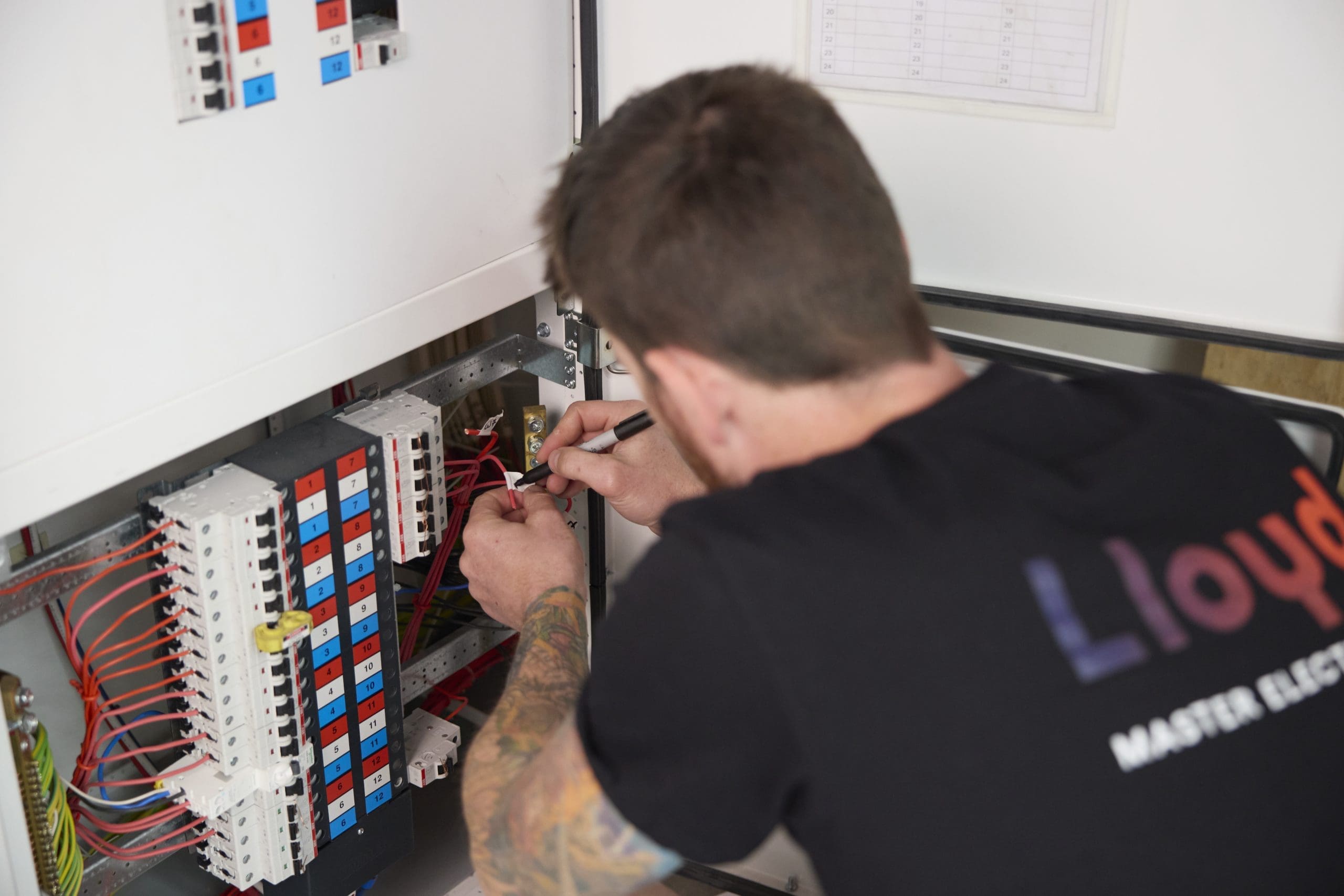Fibre helps your internet run at top speeds. The advantage of using fibre is obvious, but the installation path is not so clear.
If you've decided fibre is the next step for you, use our guide to help you through the installation process.
First, make sure you have consent to install fibre. If you own your home and it stands on its own, you have no need to worry. However, if you live on a shared or rented property, you may need to discuss fibre installation with a landlord or neighbors before you start.
Contact your local fibre company to learn whether or not you need consent. New Zealand internet provider companies will usually send out a qualified contractor to do this work for you, and you may be able to negotiate for this installation to be performed free of charge.
Reach an agreement with your local fibre technician. If it is determined that you have consent for installation, you will then set up an appointment with your local fibre technician, who will visit your home to discuss the work that will be done and walk you through the steps of the installation process.
Once the process is discussed and any questions you may have are answered, you will be asked to sign an agreement listing all the necessary work for the process.
Next up: the build phase. During this phase, the installation company will connect the fibre from the road to your home. You may not necessarily need to be home while this goes on, but it will be helpful if you are available for phone calls, just in case you need to be contacted during the process.
The length of the build phase will vary based on specific work necessary for your home, which will have been discussed with you during your first meeting with the technician.
Connection. You will need to be home for up to four hours for this step. This is when the fibre will be connected from outside to inside your home.
The technician will wire the fibre from the external termination point (ETP) outside the house to the optical network terminal (ONT) inside the house.
This equipment will have been placed in areas that you have approved, and the technician will test the connection before departing.
Costs and cautions. If you have alarm systems in your home, you will want to test them to make sure they still function after fibre installation.
Typically, the cost of standard installation is covered by the company. An installation is standard when it is less than 200 metres from the street to your ETP.
Non-standard installation may include additional costs, such as the distance from the street to ETP exceeding 200 metres, or if the ETP or ONT needs to be placed in unusual locations.
Additional costs may include moving the wiring location, ETP or ONT later on.
If any aspects of the fibre installation process at your home are unusual or require extra resources, your technician will notify you of the situations and their additional costs.
Once your installation is finished, you may enjoy your high connection speeds! If you have any further questions – our friendly team can help you work out any wiring requirements. Contact us today!









